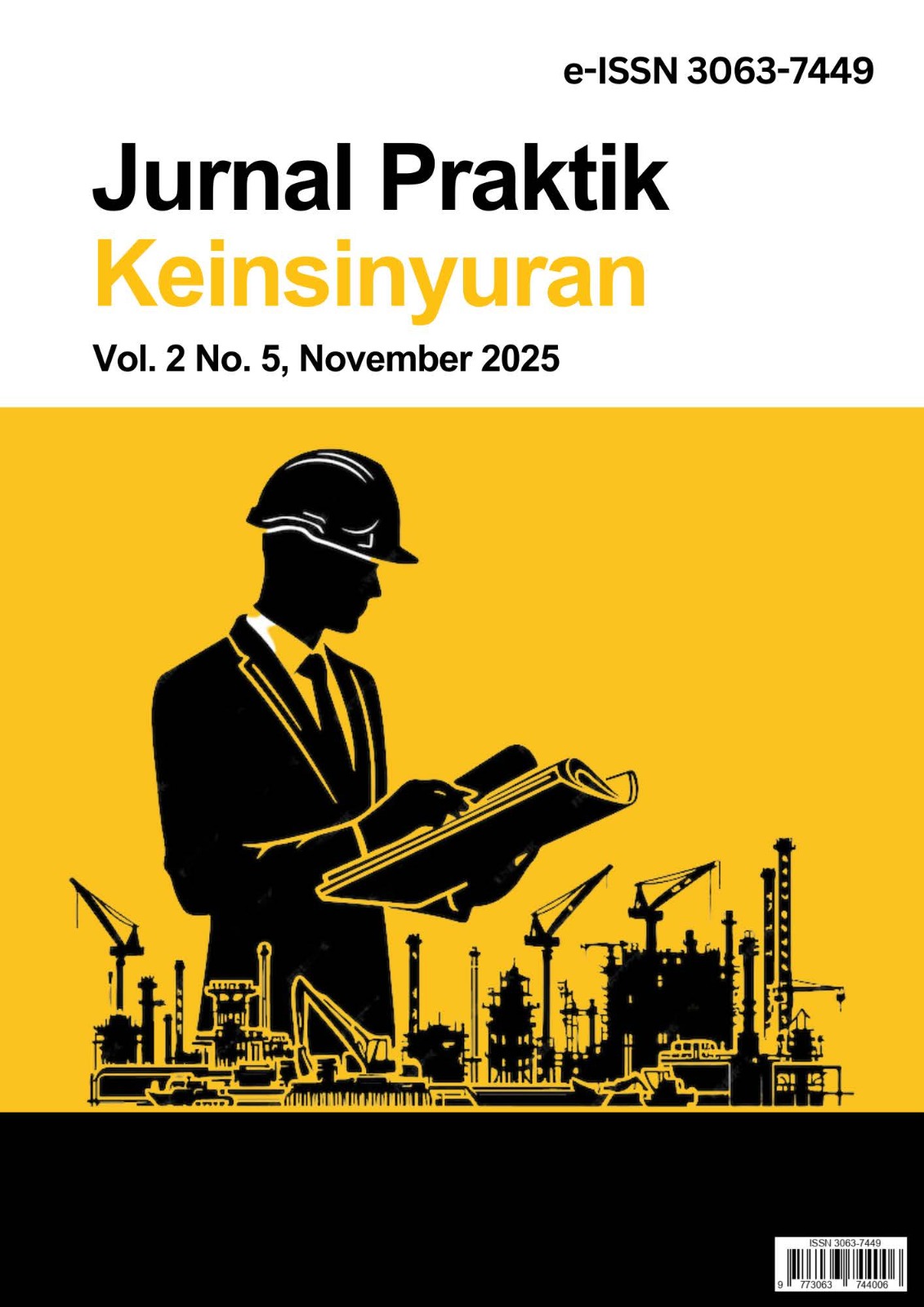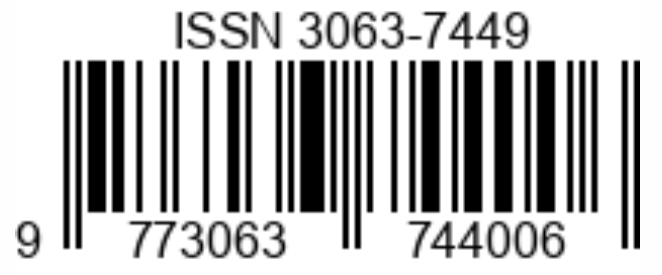Evaluasi Perpanjangan Umur Pakai Overhead Crane Menggunakan Pedekatan Fatigue Life
DOI:
https://doi.org/10.25170/jpk.v2i05.6882Keywords:
Overhead Crane, Remaining Life, FatigueAbstract
The reliability of equipment in the oil and gas sector, particularly in load-lifting systems such as overhead cranes, is a critical factor that influences both safety and operational continuity. Over time, these systems are subject to degradation due to repeated loading cycles and harsh operating environments. In accordance with the Indonesian Ministry of Energy and Mineral Resources Regulation No. 32 of 2021, any equipment that approaches or exceeds its design life must be evaluated for continued serviceability through a Residual Life Assessment (RLA). This study investigates the estimated remaining life of a lifting device using the fatigue life approach, based on the AISC 360-16 standard. The results indicate that the equipment remains fit for continued service, with a significantly high estimated remaining life across different loading scenarios - 83752 years for light use, 33302 years for moderate use, and 16635 years for heavy use. These values are attributed to the actual working stress being significantly lower than the allowable stress limit, thereby enabling an essentially infinite fatigue life under theoretical conditions. In this study, the fatigue cycle is conservatively limited to 10⁸ cycles to account for practical constraints
and design conservatism.
References
American Institute of Steel Construction (AISC). (2016). AISC 360: Specification for Structural Steel Building.
American Petroleum Institute (API). (2016). API RP 2D: Recommended Practice for Operation and Maintenacen of Offshore Crane.
American Society of Mechanical Engineers (ASME). (2022). ASME B30.2: Overhead and Gantry Cranes.
Bannantine, J. A., Comer, J. J., & Handrock, J. L. (1990). Fundamentals of Metal Fatigue Analysis. Englewood Cliffs, NJ: Prentice Hall.
Stephens, R. I., Fatemi, A., Stephens, R. R., & Fuchs, H. O. (2001). Metal Fatigue in Engineering (2nd ed.). New York: Wiley-Interscience.
Dowling, N. E. (2012). Mechanical Behavior of Materials: Engineering Methods for Deformation, Fracture, and Fatigue (4th ed.). Boston: Pearson.
DNV-GL. (2016). Recommended Practice DNVGL-RP-C203: Fatigue Design of Offshore Steel Structures. Høvik: Det Norske Veritas Germanischer Lloyd.
BSI. (2005). BS 7608: Guide to Fatigue Design and Assessment of Steel Products. London: British Standards Institution.
Fisher, James M., & Van De Pas, Julius P. (2002). New fatigue provisions for the design of crane runway girders. Engineering Journal, 39(2): 65–76.
Kementerian Energi dan Sumber Daya Mineral. (2021). Peraturan Menteri Energi dan Sumber Daya Mineral Republik Indonesia Nomor 32 Tahun 2021 tentang Inspeksi Teknis dan Pemeriksaan Keselamatan Instalasi dan Peralatan pada Kegiatan Usaha Minyak dan Gas Bumi. Jakarta: Kementerian Energi dan Sumber Daya Mineral.




